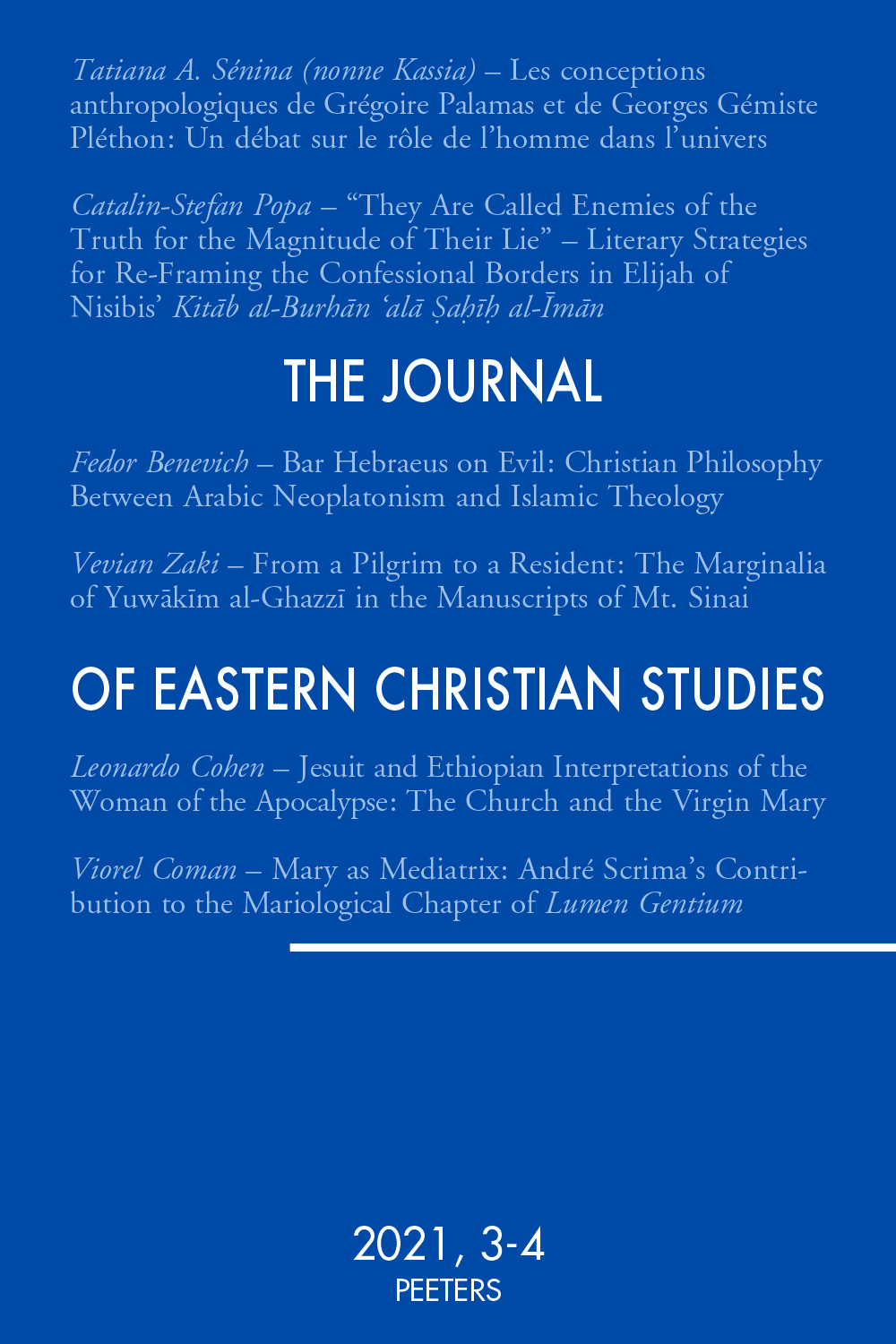 previous article in this issue previous article in this issue | next article in this issue  |

|
Document Details : Title: Armenians and the Vatican during the eighteenth and nineteenth centuries Subtitle: Mekhitar and the Armenian Catholic patriarchate: The challenge of Mekhitarian ecumenism and Latin-Roman loyalty Author(s): ZEKIYAN, B.L. Journal: Journal of Eastern Christian Studies Volume: 52 Issue: 3-4 Date: 2000 Pages: 251-267 DOI: 10.2143/JECS.52.3.565603 Abstract : In order to adequately speak of Armenian ecclesiastical tendencies or communities in communion with Rome starting from the eighteenth century, the overall outline of ecclesiastical tendencies and trends within the Armenian Church starting from the fourteenth century must be kept in mind. I will therefore refer to the research I carried out on the subject several years ago and make due here by pointing out the main conclusions. Then I identified four main tendencies beginning from the fourteenth century: a. the autocephalous tendency: in general, good relations with all Christians but without dependence on anyone; b. at the opposite extreme: the Fratres Unitores tendency which asserts the need not only for hierarchical communion but complete ritual-disciplinary conformity with the Church of Rome as well, with the Latin rite obviously as the basis; c. those in favour of communion with Rome but only open to certain limited modification of the rite and discipline: a fairly common attitude among Uniate communities and quite typically characterizing the Uniate movements during the post-Tridentine era; d. those in favour of communion with Rome but convinced of the integrity of the Armenian faith and liturgical-canonic procedures and intent on maintaining them: for many reasons, this attitude almost appears as an ‘ecumenical’ ante litteram inspiration according to the Roman Catholic concept realised by the Vatican Council II (1962-1965). |
